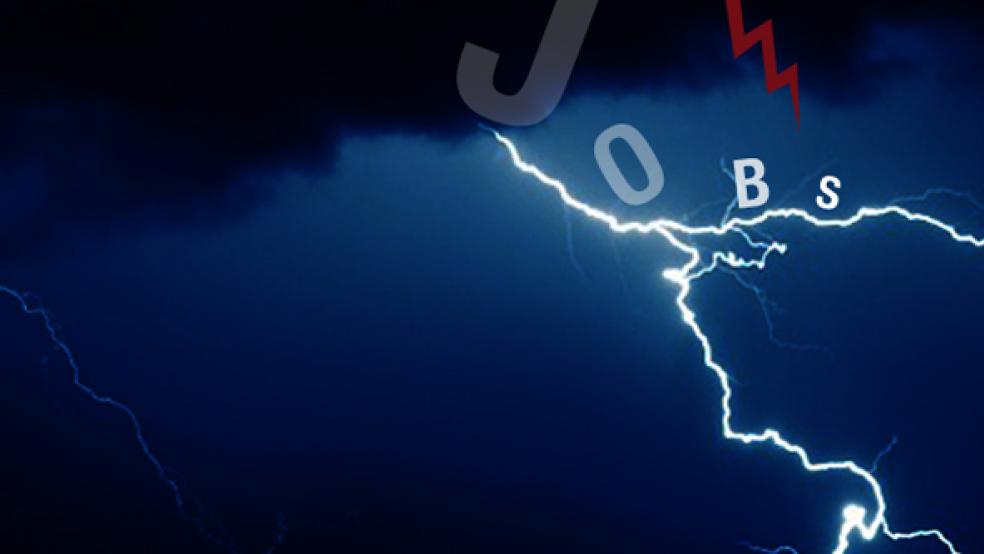As further evidence of a faltering economy, state unemployment rates rose for the third straight month in August, as 30 states and the District of Columbia experienced a decline in non-farm employment. Nevada continued to post the largest jobless rate at 13.4 percent, followed by California at 12.1 percent, according to the Bureau of Labor Statistics on Friday. North Dakota had the lowest unemployment rate at 3.5 percent, up from 3.3 percent in July. The largest month-over-month decline in employment occurred in New York (-22,700), Georgia (-18,200) and the District of Columbia (-12,500) in part because of the Verizon workers strike.
The West posted the highest regional unemployment rate at 10.6 percent, while the Northeast reported the lowest rate at 8.2 percent, about one percent below thenational average of 9.1 percent. Nationally, employers added no new net jobs in August. “The labor market recovery took a step backward in most states in August,” said Alexander Miron, economist with Moody’s Analytics. He also said Moody’s Analytics has downgraded its expectations for near-term regional job growth. By 2012, the South and West are expected to regain momentum and lead the rest of the country in job growth, he said.
The report comes as President Obama has spent the last week touting his $447 billion job creation package around the country and urging Congress to pass his bill. Most Republicans in Congress, who oppose new government spending, have said his 155-page bill is dead on arrival.
Meanwhile, on the Consumer Side …
In a separate report out today, consumers were slightly more confident about the economy in September than they were last month, which surprised economists. A Thomson Reuters/University of Michigan's consumer sentiment index inched up to 57.8 (on a 100 point scale) from 55.7 in August. Last month consumer confidence tumbled in August to a three-year low, as the debt-ceiling debacle and the Standard & Poor credit downgrade took a toll on Americans. The overall index partially reversed the August plunge.
Paul Dales, economist with Capital Economics, said the small increase in the index was primarily driven by fading fears that the “economy was about to drop off a cliff,” as well as by the temporary resolution of the debt crisis.
Still, Americans are gloomier about the future outlook of the economy, with the consumer expectations index sliding to 47.0 down from 47.4 in August, the lowest level since May 1980. “Overall, the data indicate that a renewed downturn in consumer spending is as likely as not in the year ahead,” survey director Richard Curtin said in a statement, according to Reuters.
The Michigan survey assesses how consumers view their personal finances, as well as business and buying conditions. Consumer confidence is an important economic indicator because it helps determine spending, which accounts for 70 percent of U.S. economic growth, which barely budged in the first half of 2011. Even though gas prices haven’t been rising, they are high enough – $3.61 per gallon, on average – to continue to threaten consumer confidence. A volatile stock market is also weighing heavily on consumers, experts said.
“It is clear that households are not in the mood to spend freely and won’t generate a meaningful economic recovery,” Dales said. “Households are more miserable now than at any time in the last 28 years.”
Inflationary pressures, an ailing job market and a weak housing market are preventing strong growth. Also of concern are the weekly jobless claims which have been elevated in recent weeks. Labor Department figures show jobless benefit applications rose 11,000, to 428,000 last week, a two-month high. When policymakers from the Federal Reserve meet for two days next week, they’re likely to discuss additional stimulus measures to boost the flailing economy. One proposal that has gained traction is to lengthen the average duration of the Fed’s asset holdings, dubbed “Operation Twist.”





